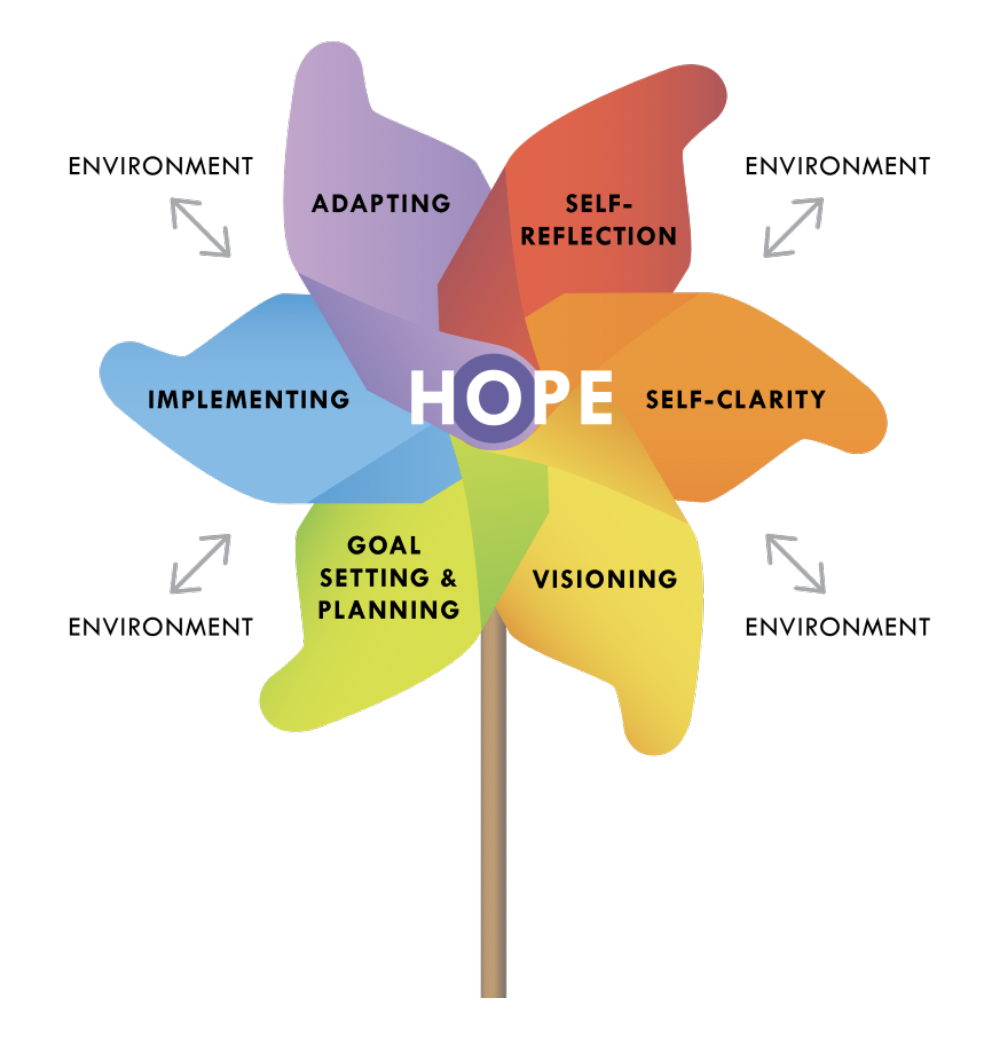Translating Career Development Research to Practice in ITEST
Description
Translating career development research into practice has long been a challenge for both the education and workforce development communities. It is exceedingly difficult for educators and training professionals to develop and implement curricula and programs that keep up with the rapid advances in technology and their workplace applications. Preparing a highly skilled, resilient workforce requires a collective focus on ensuring the largest number of students possible develop the interests, skills, knowledge, and dispositions needed to flourish in a rapidly evolving technological landscape. Considerable research supports how individuals develop career interests and capabilities and the importance of career development in helping individuals pursue pathways toward productive and rewarding careers (Robertson et al., 2021). Exposure to technological tools and learning processes that are essential for future STEM workplace success will also help to ensure that we have a workforce ready and able to meet the challenges our future will hold.
This paper is the first of a two-part series entitled Translating Career Development Research to Practice in ITEST that examines the foundational theories of career development and the translation of this research into practice. The second paper in this series, Part 2: The Career Development Continuum & ITEST At-a-Glance, examines the stages of career development—career awareness, career exploration, and career preparation (Malyn-Smith et al., 2021) — and shares practical applications of career education research within STEM and workforce education using examples of funded projects in the NSF’s ITEST program. Together, these papers shed light on the underpinnings of career education and its relevance to preparing youth for the innovation-driven technological workforce. With a deeper understanding of research in the field, educators and policymakers can make more informed decisions about what information and experiences might be introduced into pre-K–12 curriculum and out-of-school learning experiences to guide students onto paths leading to productive and rewarding careers.
Resources submitted by ITEST projects may be hosted on third-party sites or require a fee or membership for access. Permission to use these materials must be obtained from the publisher or the author listed on each resource.
